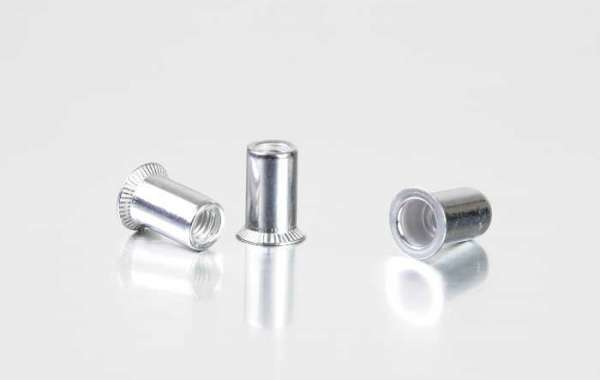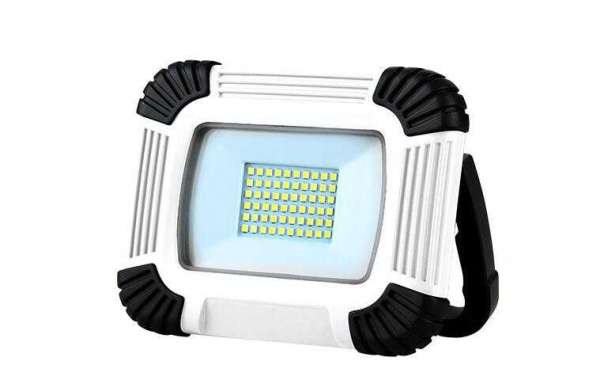Before using rivet nuts, whether it is rivet nut aluminium or stainless steel rivet nuts, we need to consider three points.
In the head shape of the rivet nut, the flat head is the most common shape, so do not consider too much in the design. As long as the venue allows it. For countersunk heads, pay attention to the prefabricated countersunk holes on the mounting plate. The depth of the counterbore is 0.1-0.5mm smaller than the thickness of the head of the rivet nut. Do not sink completely into the bottom hole like countersunk screws, because when installing the rivet nut, its head must be supported, otherwise it cannot be riveted. In addition, when in use, its head must support the connected object, otherwise, after tightening the bolt, the rivet nut will rotate in the reserved hole. When the small countersunk head is reserved for the hole, because the head thickness of the small countersunk head is very small, usually 0.5-0.7mm, there is no need to punch a counterbore. During the riveting process, a part of the head is pressed into the reserved hole so that it is only 0.3-0.5mm from the surface of the board.
The reserved holes of rivet nuts: It is recommended to use the reserved holes of rivet nuts in standard. However, in actual use, it is found that the reserved holes used by many units are both large and small. Large reserved holes will cause the pre-tightening torque of the rivet nut to fail to achieve the design effect, while small reserved holes will cause unnecessary trouble for installation. Generally speaking, the minimum value of the reserved hole should be 0.05mm larger than the rivet nut body, and the maximum value should be 0.15mm larger than the rivet nut body.
The wall thickness of the rivet nut: After the wall thickness of the rivet nut is reduced, due to the reduction of the nut wall thickness, it will cause excessive compression of the rivet screw, which we call the warped edge. The result of riveting is that the torque is greatly reduced. When in use, the nut is easy to fall off from the deformation, the normal deformation still retains the elastic deformation force, and there is still space for deformation under the tension and compression of the bolt. Therefore, the pre-riveting torque is large and not easy to break.
The above are some issues that should be considered before using all rivet nuts (including aluminum rivet nut and stainless steel rivet nut ).







